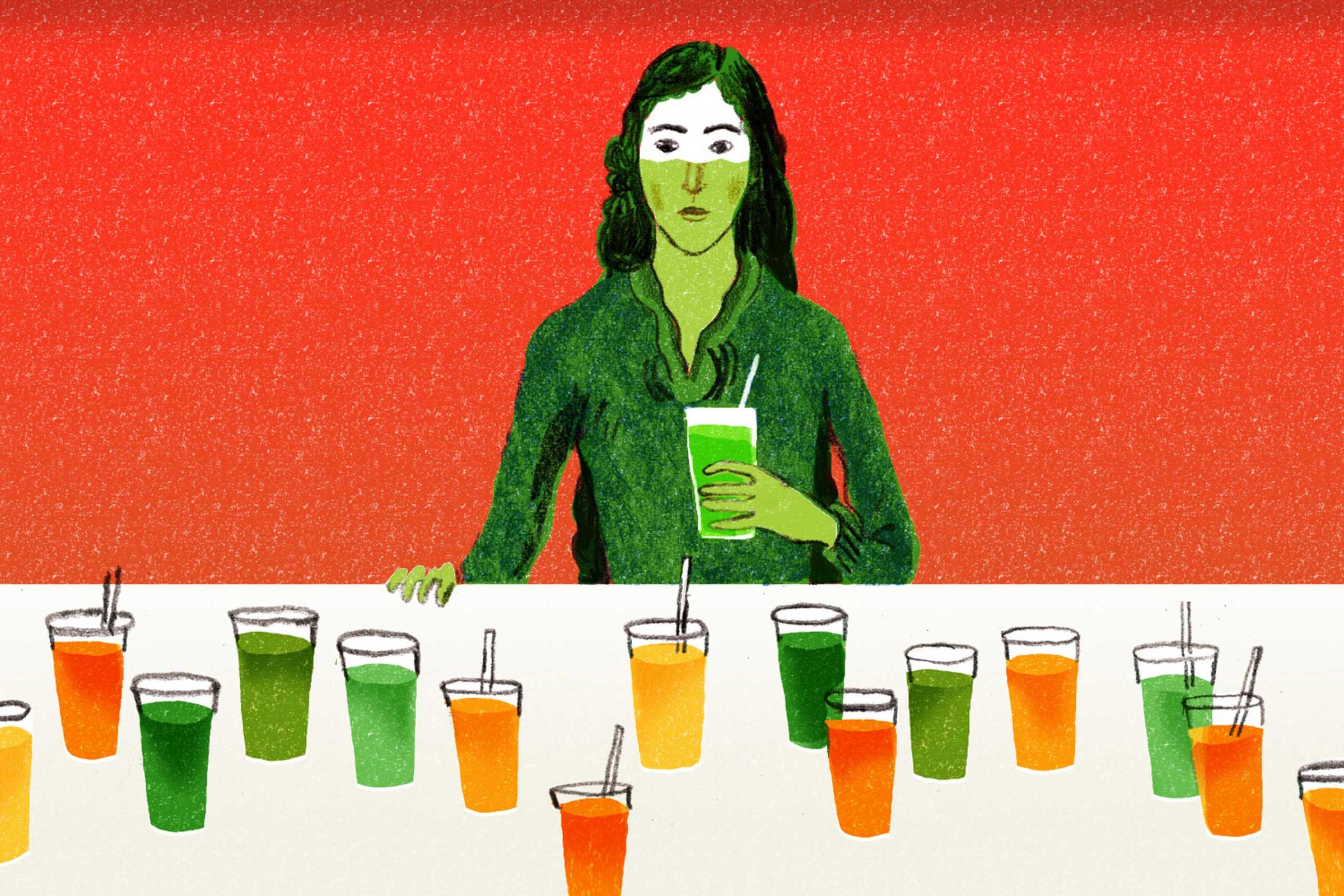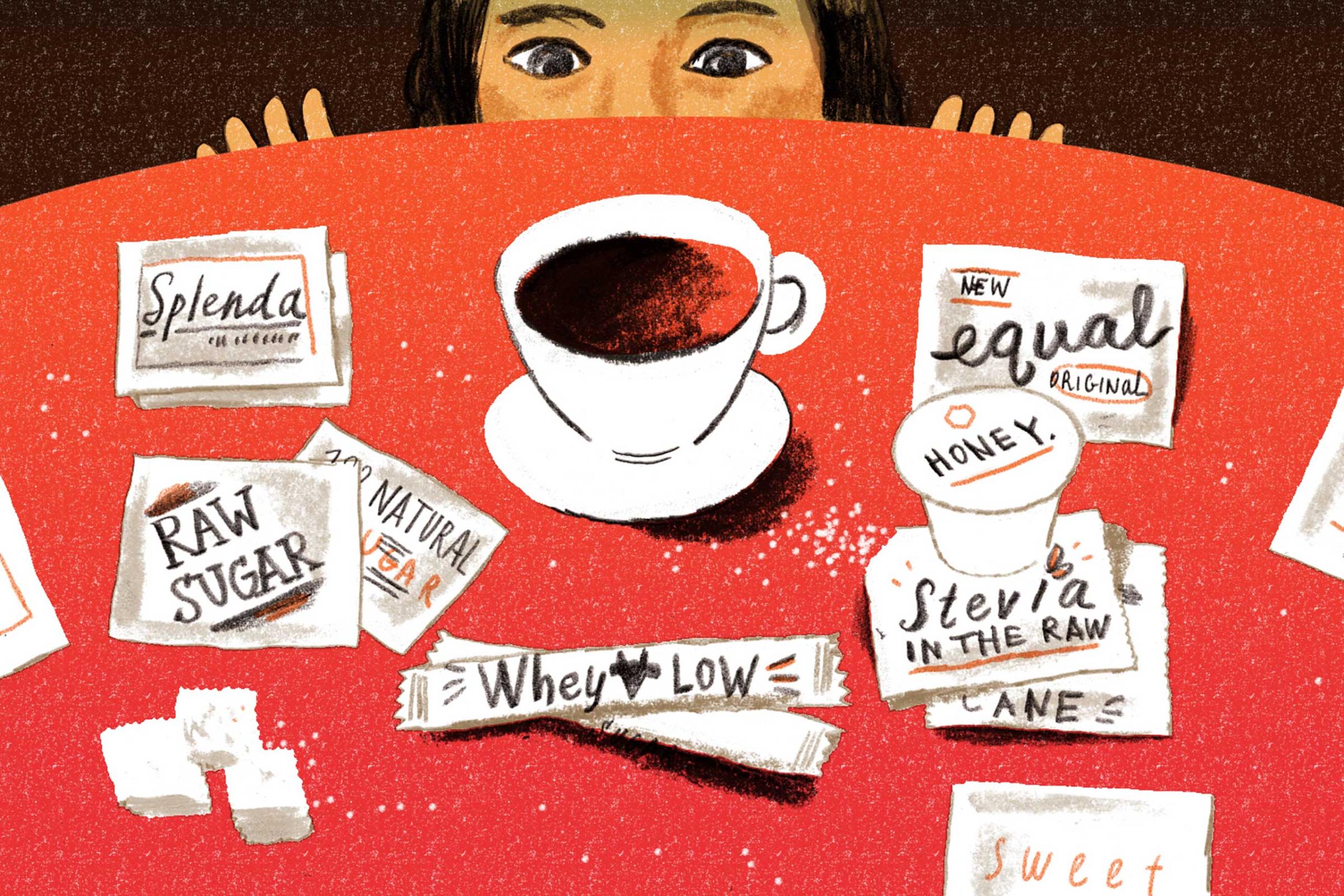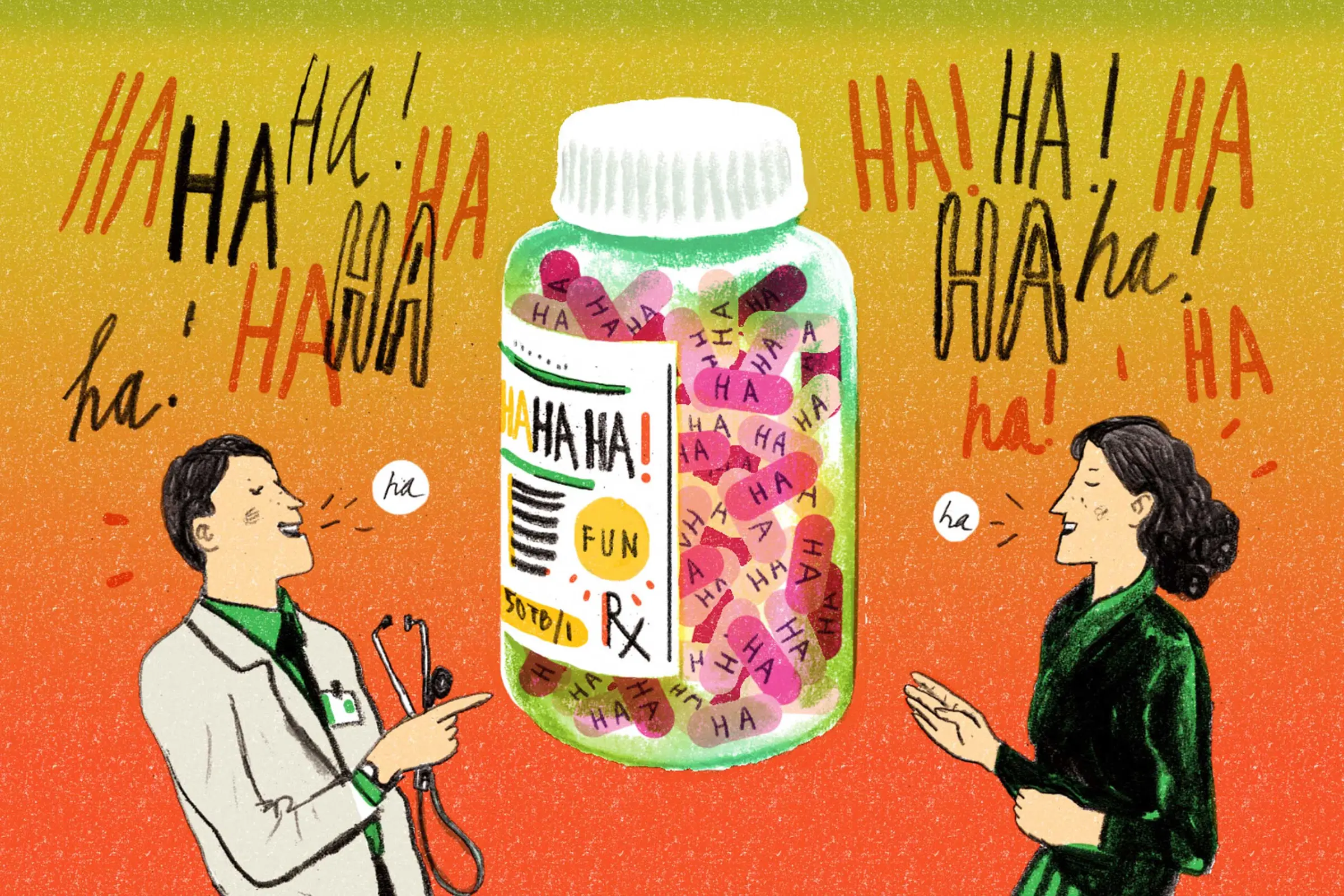For the first time, scientists have taken healthy breast cells from women and isolated the stem cells that can recreate major breast structures—including the milk-feeding ducts and structures that actually produce breast milk. In a new paper in the journal Development, they report that they’ve set up a model for studying how normal breast tissue develops during puberty, and, in coming months, expect to introduce mutations in these cells to study how they might develop cancer.
Starting with breast tissue from women who have had breast reduction surgery, Dr. Christina Scheel, from the Helmholtz Center for Health and Environmental Research, and her colleagues managed to isolate the few stem cells within them that are responsible for generating the new breast tissue that results in the breast’s constant remodeling during puberty, at each menstrual cycle and with each pregnancy.
Only one in about 2,000 of these cells are stem cells, but by mixing up a more nurturing culture solution, they were able to increase the growth of these cells by five-fold, and before their eyes the cells began to form the branchlike structures that serve as the duct network of the breast. With other adjustments, Scheel was also able to promote the growth of the cluster-like cells that produce milk. By labeling the initial stem cell, they saw that all of the complex structures in the breast remarkably arose from a single cell, guided by the right developmental instructions.
“[During puberty,] the normal breast tissue grows [aggressively] into the surrounding connective tissue,” says Scheel. “The cells push forward into the surrounding tissue almost like an invasive tumor but in a very controlled process.”
The fact that the normal breast tissue growth is so intense is leading Scheel to next study whether breast cancer might result from some loss of this very controlled regulation of breast tissue growth, similar to a car without brakes.
She and her team also found that when they grew the breast stem cells on a more rigid platform, the cells grew more aggressively and acted more tumor-like compared to when they were grown on a more flexible, softer framework. That may explain why women with dense breasts, which contain more connective tissue, tend to have higher rates of breast cancer. “This model will allow us to better study normal breast development, and then to understand the first steps that predispose women to developing tumors,” she says.
You Asked: Your Top 10 Health Questions Answered










More Must-Reads from TIME
- How Donald Trump Won
- The Best Inventions of 2024
- Why Sleep Is the Key to Living Longer
- Robert Zemeckis Just Wants to Move You
- How to Break 8 Toxic Communication Habits
- Nicola Coughlan Bet on Herself—And Won
- Why Vinegar Is So Good for You
- Meet TIME's Newest Class of Next Generation Leaders
Contact us at letters@time.com